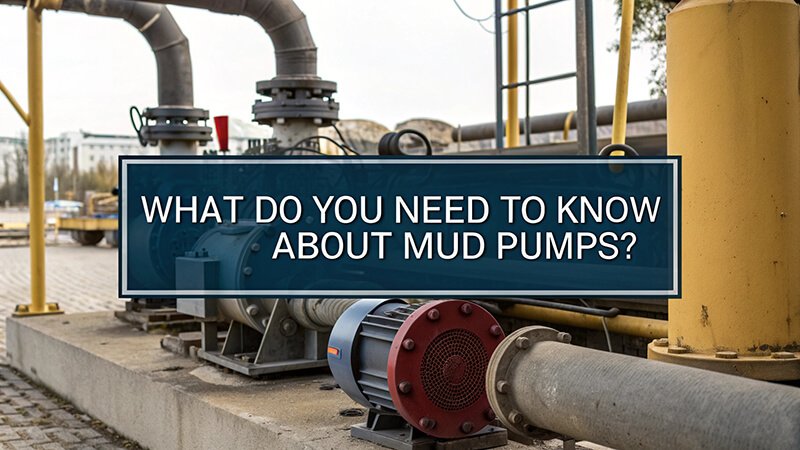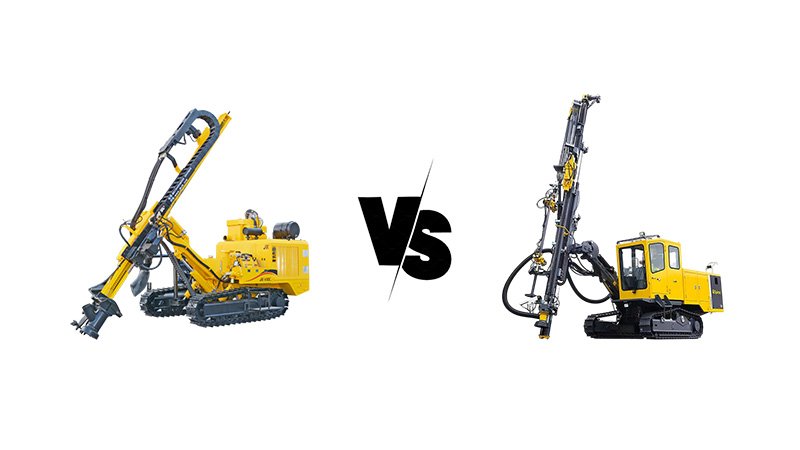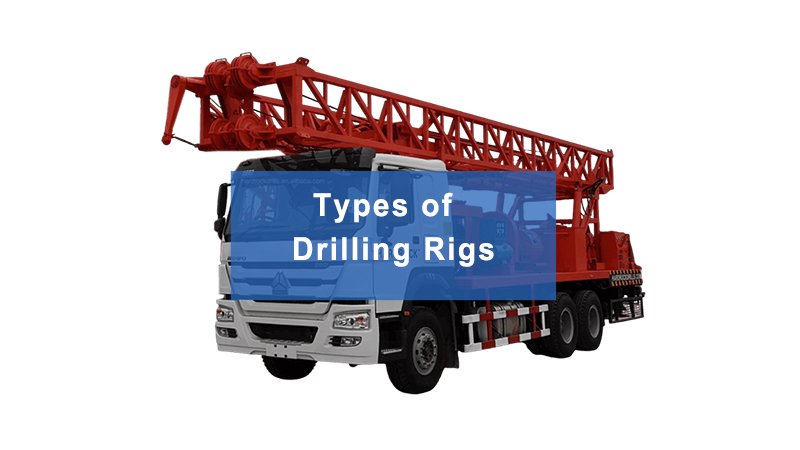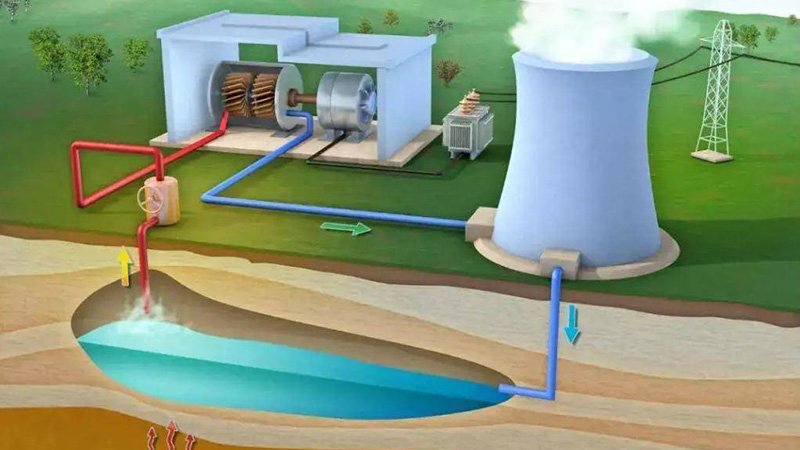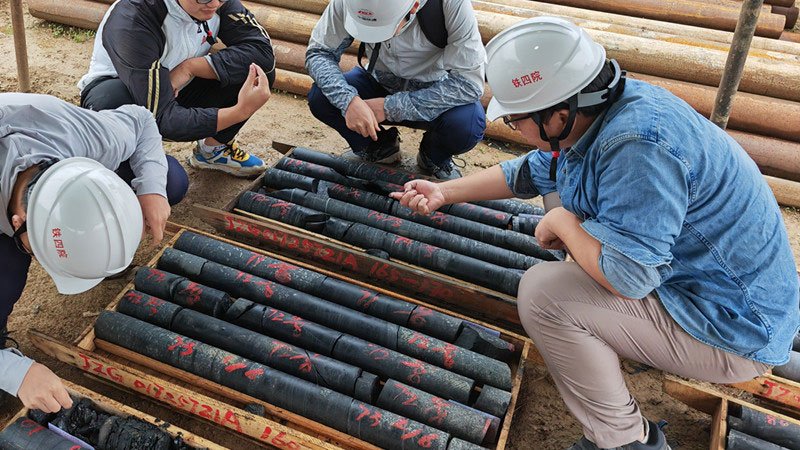Drilling stopped by a failed pump? Projects delayed, costs soaring? A reliable mud pump is your solution.
A mud pump is the heart of a drilling rig's fluid system. It circulates drilling fluid to cool the bit, clean the hole, and control pressure. Hardrock offers robust, efficient mud pumps.
Over my years at Hardrock, supplying drilling equipment to places like Africa and the Middle East, I've seen how crucial a mud pump is. Our R&D team, with its 15 dedicated members, constantly works on enhancing these pumps because we know a breakdown can bring an entire operation to a halt. A good mud pump isn't just a piece of equipment; it's a guarantee of smoother, more efficient drilling. From water wells to complex geotechnical projects, the mud pump does heavy lifting. Let's explore what makes these machines so vital and how to choose the right one.
What is the mud pump?
Unsure what a mud pump really does? Its failure causes big problems. Understanding it prevents costly downtime.
A mud pump is a large, high-pressure reciprocating pump. It circulates drilling fluid (mud) down the drill string and back up the annulus during drilling operations.
At Hardrock, we see the mud pump as a critical component, almost like the heart of the drilling operation. Think of it this way: without blood, a body can't function; without drilling fluid circulated by the mud pump, drilling becomes incredibly difficult, if not impossible. Our R&D team focuses on making our mud pumps reliable because we know our clients, like Mohammed in the UAE, depend on them in harsh conditions.
The Core Function
The primary job of a mud pump is to move drilling fluid. This fluid isn't just water; it's often a carefully mixed slurry of water or oil, clay (like bentonite), and various additives. This "mud" has several important tasks:
- Cool and Lubricate: It cools the drill bit and lubricates the drill string as it rotates.
- Clean the Hole: It carries rock cuttings from the bottom of the hole to the surface.
- Maintain Wellbore Stability: The hydrostatic pressure of the mud column helps prevent the borehole from collapsing, especially in soft formations.
- Control Subsurface Pressures: It prevents formation fluids (like oil, gas, or water) from entering the wellbore unexpectedly.
A good mud pump ensures these functions are performed effectively, contributing to a safe and efficient drilling process. Our designs aim for this consistent performance.
How does a mud pump work?
Pump mechanics seem complex? Understanding its action clarifies its power. This knowledge helps in operation and troubleshooting.
Mud pumps are typically positive displacement pumps. Pistons or plungers draw mud in on a suction stroke and push it out under high pressure on a discharge stroke.
I often explain the working of a mud pump using a simple analogy. Imagine a large syringe. When you pull the plunger back, it draws fluid in. When you push it forward, it forces the fluid out. A mud pump works on a similar principle, but on a much larger and more powerful scale, and it does this repeatedly.
The Pumping Cycle
Most mud pumps used in drilling are reciprocating piston or plunger pumps. Here's a breakdown:
- Suction Stroke: A piston (or plunger) moves backward within a cylinder (or liner). This creates a vacuum, causing the suction valve to open. Drilling mud from the mud tanks is then drawn into the cylinder.
- Discharge Stroke: The piston (or plunger) then moves forward. This compresses the mud in the cylinder. The increased pressure closes the suction valve and opens the discharge valve. The mud is then forced out into the high-pressure discharge line, heading towards the drill string.
This cycle happens continuously in multiple cylinders (e.g., two in a duplex pump, three in a triplex pump). The power to drive these pistons comes from the pump's power end, typically driven by diesel engines or electric motors. Our Hardrock pumps are designed for smooth, consistent flow.
What are the components of a mud pump?
Confused by pump parts? Breakdowns are costly. Knowing components helps in maintenance and sourcing quality spares.
A mud pump has two main sections: the power end (gears, crankshaft) and the fluid end (pistons, liners, valves) that handles the abrasive drilling mud.
When we design and build mud pumps at Hardrock, we pay close attention to every component. It's like building a high-performance engine; every part must be top quality for reliability. Customers like Mohammed, who prioritize reliability, appreciate this focus. Let's look at the two main assemblies:
1. The Power End
This is the engine of the pump. It converts the rotational power from a motor or engine into the reciprocating motion needed to drive the pistons. Key components include:
- Crankshaft: Similar to a car engine's crankshaft, it converts rotary motion to linear motion.
- Connecting Rods (and Crossheads): Link the crankshaft to the pistons/plungers.
- Gears: Reduction gears to match the input speed of the motor/engine to the desired pump speed (strokes per minute).
- Bearings: High-quality bearings are essential to handle the heavy loads and ensure smooth operation.
- Housing: A robust casing that encloses and supports all these parts, also containing lubricating oil.
2. The Fluid End
This is the part that directly handles the drilling mud. It's subject to high pressures and abrasive wear. Key components include:
- Cylinders/Liners: The sleeves in which the pistons or plungers move. They are replaceable wear items.
- Pistons/Plungers: The moving parts that displace the mud. Pistons are used in lower pressure applications, plungers in higher pressure.
- Valves (Suction and Discharge): Control the flow of mud into and out of each cylinder. These are critical wear parts.
- Manifolds (Suction and Discharge): Pipe systems that distribute mud to the suction valves and collect it from the discharge valves.
At Hardrock, we use high-grade materials for fluid end components to maximize their lifespan, even when pumping abrasive fluids.
Types of Mud Pumps: Choosing the Right One?
Overwhelmed by pump types? Wrong choice means inefficiency. Understanding types leads to optimal drilling performance.
Common types are duplex (two-cylinder) and triplex (three-cylinder) pumps. Triplex pumps are generally preferred for smoother flow and higher pressures in modern drilling.
Choosing the right type of mud pump is crucial. When I talk to clients, I always try to understand their specific drilling needs. A water well driller in Southeast Asia might have different requirements than an oil and gas exploration company in the Middle East. Here are the main types you'll encounter:
Duplex Pumps
These pumps have two double-acting pistons. This means each piston pumps mud on both its forward and backward strokes.
- Pros: Simpler design, generally lower initial cost. Can handle larger solids to some extent.
- Cons: More pulsating flow, lower pressure capabilities typically, and heavier for their output compared to triplex pumps. They are becoming less common in demanding applications.
Triplex Pumps
These pumps have three single-acting pistons or plungers. Each piston pumps mud only on its forward stroke.
- Pros: Smoother discharge flow (less pulsation), higher pressure and volume capabilities, lighter weight for their output, and generally more efficient. This is the dominant type in modern drilling. Our Hardrock range focuses heavily on triplex designs for their superior performance.
- Cons: Can be more complex and have a higher initial cost than duplex pumps.
Piston vs. Plunger Pumps
- Piston Pumps: Use a piston with seals moving inside a replaceable liner. Generally used for lower to medium pressures. The piston and liner are key wear parts.
- Plunger Pumps: Use a solid ceramic or metal-coated plunger that moves through stationary packing. Typically used for higher pressures. The plunger and packing are the main wear items. Triplex pumps are often plunger pumps.
For most modern drilling applications, especially those requiring good flow rates and high pressures like deep water wells or geotechnical work, triplex plunger pumps are the preferred choice.
Essential Specifications and Performance Metrics?
Pump specs seem like just numbers? Misinterpreting them impacts drilling. Knowing key metrics ensures your pump matches your needs.
Key mud pump specs include flow rate (GPM/LPM), pressure rating (PSI/Bar), input horsepower (HP), and strokes per minute (SPM). These dictate its performance capabilities.
When a client like Mohammed considers a new mud pump for his drilling service company, we discuss these specifications in detail. They are not just numbers; they define what the pump can do. Our R&D team at Hardrock works to optimize these metrics for various applications.
Here are the main ones:
| Specification | Unit | Importance |
|---|---|---|
| Flow Rate | GPM / LPM | Volume of mud pumped per minute. Crucial for hole cleaning and bit cooling. Needs to match hole size. |
| Pressure Rating | PSI / Bar | Maximum pressure the pump can generate. Needed to overcome friction losses and bottom-hole pressure. |
| Input Horsepower | HP / kW | Power required to drive the pump at its rated flow and pressure. Impacts prime mover selection. |
| Strokes Per Minute | SPM | Speed of the pump. Affects flow rate and wear life. Operating within the recommended SPM range is important. |
| Liner/Plunger Size | Inches / mm | Affects the displacement per stroke. Smaller liners mean higher pressure but lower volume, and vice-versa. |
Understanding the relationship between these is key. For example, for a given horsepower, if you need higher pressure, you'll generally have to accept a lower flow rate, often achieved by using smaller diameter liners or plungers. Matching these specs to the drilling rig capacity and the planned drilling program is essential for efficiency and longevity of the pump. Hardrock always provides clear specifications for our pumps.
Applications Beyond Oil and Gas Drilling?
Think mud pumps are only for big oil rigs? This limits your options. They're vital in many other drilling sectors.
Mud pumps are essential in water well drilling, geotechnical investigations, geothermal drilling, HDD, and mining exploration, providing critical fluid circulation for various ground conditions.
While mud pumps are famously used in oil and gas, their utility extends far beyond that. At Hardrock, we supply mud pumps for a wide range of applications across our export regions like Africa, the Middle East, and Southeast Asia. Our clients, from engineering contractors to mining companies, rely on them.
Here are some key areas:
- Water Well Drilling: Essential for flushing cuttings, stabilizing boreholes in soft formations, and cooling the bit. Many of our water well drilling rig packages for clients in Africa include a robust Hardrock mud pump.
- Geotechnical Drilling: Used for site investigations, soil sampling, and foundation drilling. The mud helps obtain good quality samples and maintains hole integrity. Our geotechnical rigs are often paired with appropriately sized mud pumps.
- Geothermal Drilling: Circulating fluid is needed to drill holes for geothermal heat exchange systems.
- Horizontal Directional Drilling (HDD): Mud pumps are critical for mixing and pumping drilling fluids for lubrication, cuttings removal, and borehole stabilization when drilling under obstacles.
- Mining Exploration Drilling: Used in diamond drilling and some rotary exploration methods to clear cuttings and cool the bit, ensuring sample integrity.
- Foundation Drilling: For deep foundations and piling, mud helps stabilize the hole before concrete is poured. Mohammed's company in the UAE uses our mud pumps with their foundation drilling rigs.
The versatility and importance of mud pumps make them a core product in our Hardrock tooling lineup.
Choosing the Right Mud Pump: Factors to Consider?
Buying a mud pump feels like a guess? A wrong choice is expensive. Consider key factors for a smart investment.
Key factors: drilling depth/diameter, formation type, rig power, fluid properties, required flow/pressure, budget, and importantly, supplier reliability and after-sales support like Hardrock offers.
Selecting the right mud pump is a decision that significantly impacts your drilling operations. It's not just about the initial purchase price. Over my 15 years in this business, I've seen many clients benefit from carefully considering their needs. At Hardrock, we try to guide our customers through this process.
Here’s what you should think about:
- Drilling Parameters: What is your typical drilling depth and hole diameter? Deeper and larger holes generally require higher flow rates and pressures.
- Formation Type: Are you drilling in soft clays, sands, or hard rock? This influences the type of mud and the pump's performance requirements. Abrasive formations demand durable fluid end parts.
- Rig Compatibility: The mud pump must match the power output (horsepower) of your drilling rig's prime mover (engine). An oversized pump won't perform efficiently if underpowered.
- Fluid Properties: What type of drilling fluid will you use? Its viscosity and density will affect pump performance.
- Required Flow Rate and Pressure: Calculate these based on your drilling needs for effective hole cleaning and BHA operation. It's better to have a pump with some reserve capacity.
- Reliability and Durability: Especially in remote areas or harsh conditions (like desert environments where Mohammed operates), you need a pump built to last. Look for quality components and robust construction. This is a core principle for Hardrock pumps.
- Supplier Support: Consider the availability of spare parts, technical support, and warranty. Long lead times for spares can be a major pain point, as Mohammed has experienced with other suppliers. We strive to provide excellent after-sales service.
- Budget: While cost is a factor, the cheapest option isn't always the best. A reliable pump that minimizes downtime can save you more money in the long run.
Taking the time to evaluate these factors will help you choose a mud pump that serves you well for years to come.
Conclusion
Mud pumps are vital for many drilling jobs. Understanding their types, parts, and specs ensures you pick the right one for efficient, reliable operations.

